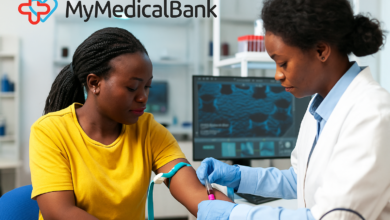Global Recommendations on Physical Activity for Health 18 – 64 years old
Adults aged 18-64 are to engage in physical activity through leisure-time activities, movement (e.g. walking, cycling, running), occupational (i.e. work), household chores, games, sports, or planned exercise as part of their daily, family, and community activities.
The Health Benefits
Strong evidence demonstrates that compared to less active adult men and women, individuals who are more active:
• have lower rates of all-cause mortality, coronary heart disease, high blood pressure, stroke, type 2 diabetes, metabolic syndrome, colon and breast cancer, and depression;
• are likely to have less risk of a hip or vertebral fracture;
• exhibit a higher level of cardiorespiratory and muscular fitness; and
• are more likely to achieve weight maintenance, and have a healthier body mass and composition.
The Recommendations
The recommendations in order to improve cardiorespiratory and muscular fitness, bone health, and reduce the risk of NCDs and depression are:
1. Adults aged 18–64 should do at least 150 minutes of moderate-intensity aerobic physical activity throughout the week or do at least 75 minutes of vigorous-intensity aerobic physical activity throughout the week or an equivalent combination of moderate – and vigorous-intensity activity.
2. Aerobic activity should be performed in bouts of at least 10 minutes duration.
3. For additional health benefits, adults should increase their moderate intensity aerobic physical activity to 300 minutes per week, or engage in 150 minutes of vigorous-intensity aerobic physical activity per week, or an equivalent combination of moderate – and vigorous-intensity activity.
4. Muscle-strengthening activities should be done involving major muscle groups on 2 or more days a week.
These guidelines are relevant to:
- All healthy adults aged 18–64 years, unless specific medical conditions indicate to the contrary, irrespective of gender, race, ethnicity, or income level.
- Individuals in this age range with chronic non-communicable conditions not related to mobility such as hypertension or diabetes.
- Adults with disabilities may need to be adjusted for each individual based on their exercise capacity and specific health needs.
- Pregnant, postpartum women and persons with cardiac events may need to take extra precautions and seek medical advice before striving to achieve the recommended levels of physical activity for this age group.
These are World Health Organisation’s (WHO) global recommendations on physical activity for health for people aged 18 to 64 years.
Please feel free to drop your comments and questions!



